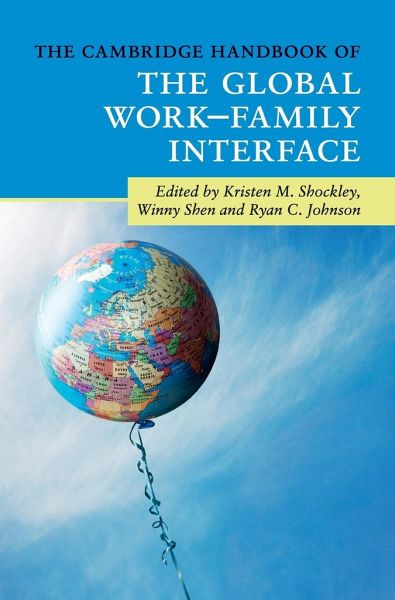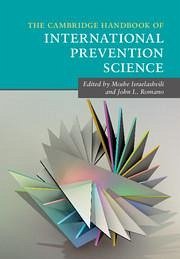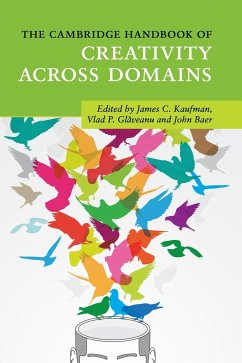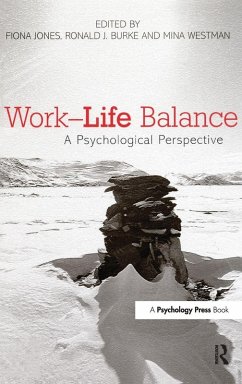
The Cambridge Handbook of the Global Work-Family Interface
Versandkostenfrei!
Versandfertig in 1-2 Wochen
190,99 €
inkl. MwSt.
Weitere Ausgaben:

PAYBACK Punkte
95 °P sammeln!
The Cambridge Handbook of the Global Work-Family Interface is a response to growing interest in understanding how people manage their work and family lives across the globe. Given global and regional differences in cultural values, economies, and policies and practices, research on work-family management is not always easily transportable to different contexts. Researchers have begun to acknowledge this, conducting research in various national settings, but the literature lacks a comprehensive source that aims to synthesize the state of knowledge, theoretical progression, and identification of...
The Cambridge Handbook of the Global Work-Family Interface is a response to growing interest in understanding how people manage their work and family lives across the globe. Given global and regional differences in cultural values, economies, and policies and practices, research on work-family management is not always easily transportable to different contexts. Researchers have begun to acknowledge this, conducting research in various national settings, but the literature lacks a comprehensive source that aims to synthesize the state of knowledge, theoretical progression, and identification of the most compelling future research ideas within field. The Cambridge Handbook of the Global Work-Family Interface aims to fill this gap by providing a single source where readers can find not only information about the general state of global work-family research, but also comprehensive reviews of region-specific research. It will be of value to researchers, graduate students, and practitioners of applied and organizational psychology, management, and family studies.














